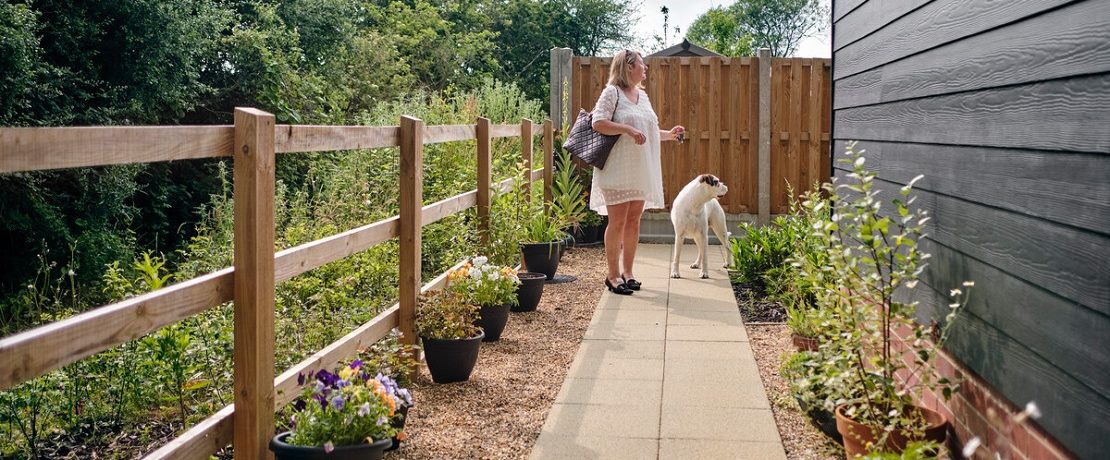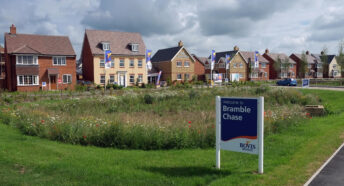Homes that don’t cost the earth
How do we create sustainable rural housing that blends in with its surroundings? We asked three housing developers who are aiming to do just that.
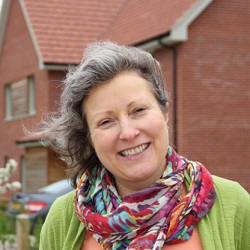
Ulrike Maccariello is development director at the award-winning rural housing association Hastoe
‘We need to create energy-efficient homes’
Reducing energy use is essential to tackle the issues of fuel poverty, climate change and energy generation we are grappling with.
One method for creating energy-efficient homes is Passivhaus, which uses a physics-based approach to building design, focusing on reducing heat loss through better insulation and components, while also maximising heat gains. Fundamentally, it reduces energy use to a minimum, while ensuring comfort standards are maintained.
Hastoe was an early adopter of Passivhaus design, creating the first UK rural Passivhaus scheme at Wimbish in Essex. Our New-Build Standard adapts these principles to suit current social housing constraints, making the benefits accessible to everyone.
As a specialist rural housing provider, we’re conscious that our developments can have a disproportionate effect on small host settlements. We want our dwellings to incorporate the best of modern standards and to provide spacious, comfortable homes – but it’s also important that our developments reinforce the local identity. Our architects study the context of the settlement and the rural location, and produce designs that reflect local traditions and architectural vernacular.
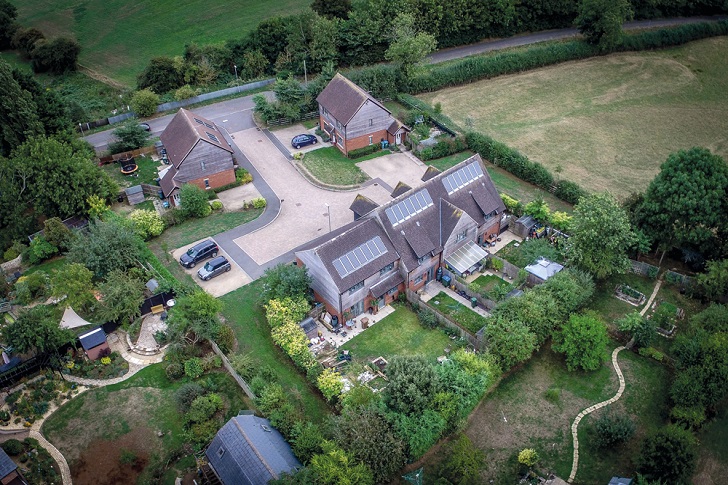
Our villages need modest housing growth to sustain the rural economy and to maintain family networks. This is often achieved through the rural exception site policy, whereby local authorities can grant planning permission for affordable homes on land that would not normally be used for housing, to meet local need. Generally, these are very small developments related to the size of the original settlement, and the contribution to the social and economic wellbeing of the community far outweighs the small loss of agricultural land.

Ashley Dobbs is the founder and director of ‘agrivillages’ eco-developer inHarmony
‘Agrivillages would enable more ecologically sensitive rural homes’
As far back as the 1980s I was promoting the idea of having ‘live-work’ communities called televillages – such as Crickhowell in Wales [a 1990s, internet-ready development]. My dream of a society where the vast majority of information workers don’t travel to work needlessly has now come to pass, albeit as a consequence of the coronavirus, and the televillage concept has further evolved into the ‘agrivillage’.
In simple terms, an agrivillage comprises homes, workspaces, community dining (such as a café selling local produce), a farmers’ market, educational facilities, smallholdings for food entrepreneurs and a pedestrian-centric layout, with electric car and bike pools. Surrounding land can then be transferred into a community land trust for ecological, aesthetic and health benefits.
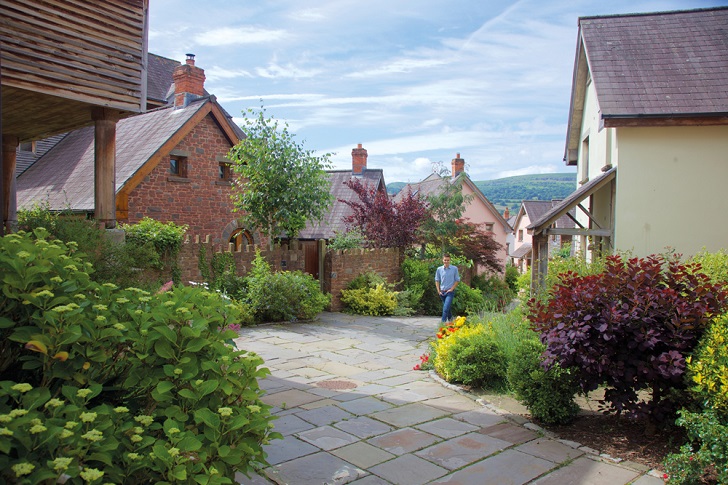
An agrivillage wouldn’t aim for self-sufficiency, but it would produce more value in crops and energy than it consumes (while reducing food miles). We have yet to build the first agrivillage, but we have half a dozen prospective sites, including a 500-home, 300-acre development on a former iron ore quarry adjacent to Millom on the West Cumbrian coast.
In terms of attractive house design, I personally think that our greatest vernacular is yet to come. Buildings covered in plants are not only much better for biodiversity; they also afford the opportunity to create a more natural look, with a much wider palette of materials that can change with the seasons. What we build them out of will be dependent upon where we build them. In the Crickhowell televillage, we demonstrated how most of the building materials could be made from locally sourced materials, particularly timber.
If agrivillages are replicated, as I hope, this would enable the building of more ecologically sensitive homes in the countryside while improving the wellbeing of human beings.
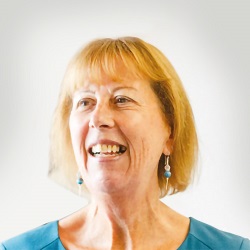
Alison Thompson is the deputy development director at English Rural, a specialist provider of community-led, affordable rural homes
‘To keep bills low, we design homes on a “fabric first” principle’
We aim to build homes that are not only greener than building regulations demand, but also keep residents’ fuel bills as low as possible. To achieve this, we design homes on a ‘fabric first’ principle, which starts with preliminary design choices.
It’s important to look at things like solar gain – whether houses are positioned to enjoy as much light and heat from sunlight as possible – and ensure that walls, floors and roofs are well-insulated. We use triple-glazed windows to keep energy within the house, and balance that by installing heat-recovery ventilation fans throughout the house, to maintain good internal air quality.
We also look at what we can improve in terms of renewable energies. In a recent development in Roxwell, Essex, we fitted homes with air-source heat pumps, which absorb heat from the outside air to provide heating and hot water, and we’re retrofitting some of our older properties with these, too.
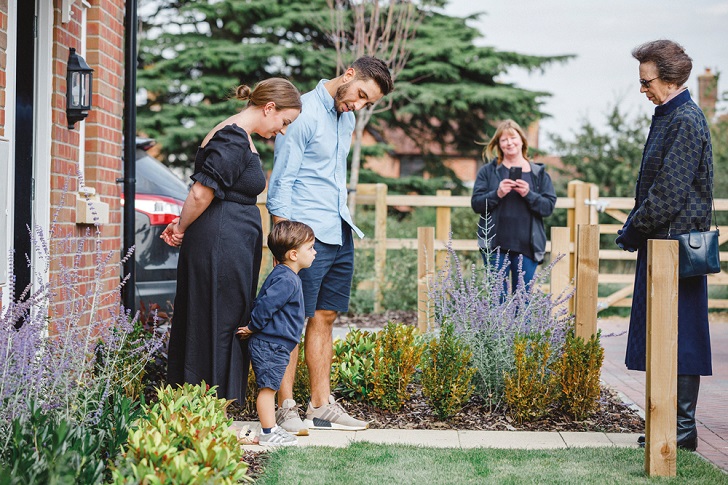
To create affordable homes, it’s vital to involve the local community in the process. Parish councils have a key role to play here; they often have clear ideas about what is needed locally and how to bring that forward.
Good design is paramount in rural housing. We don’t have set house designs; each scheme is tailor-made for the local community, including in terms of how it’s going to look. We owe it to the community to ensure that the design and materials reflect their surroundings and lessen the impact on the landscape.
A version of this article was originally published in CPRE’s award-winning magazine, Countryside Voices. You’ll have Countryside Voices sent to your door three times a year, as well as access to other benefits including discounts on attraction visits and countryside kit from major high street stores when you join as a CPRE member. Join us now.
